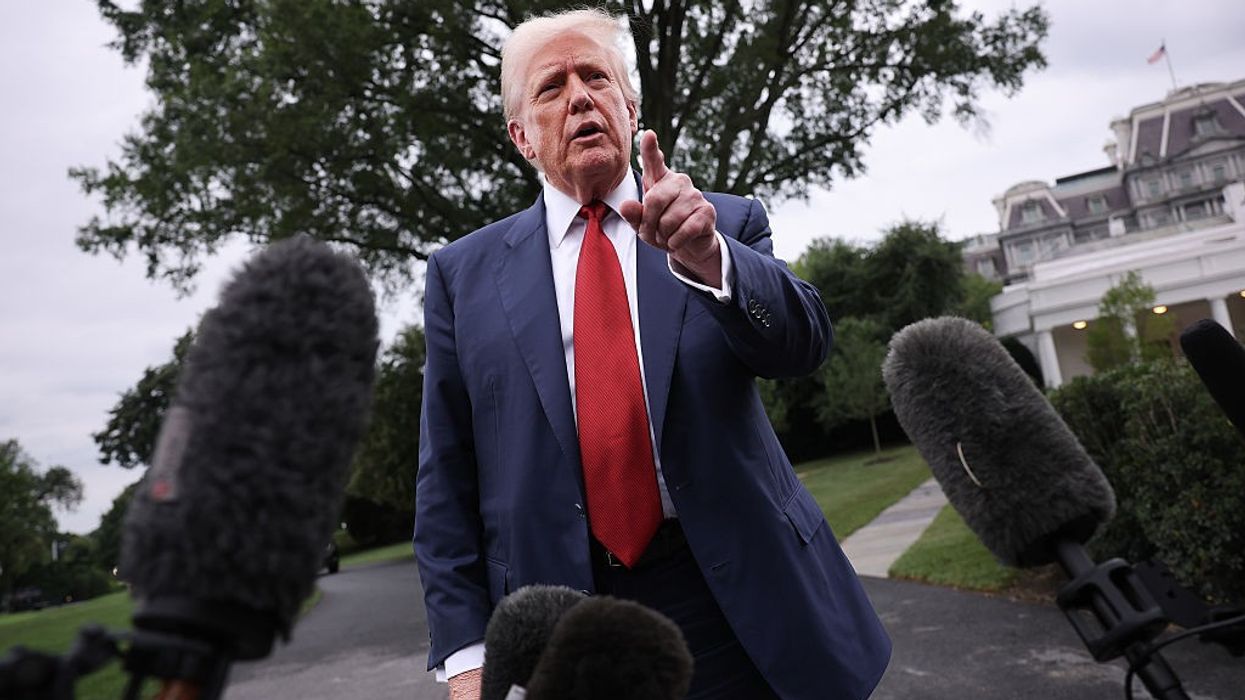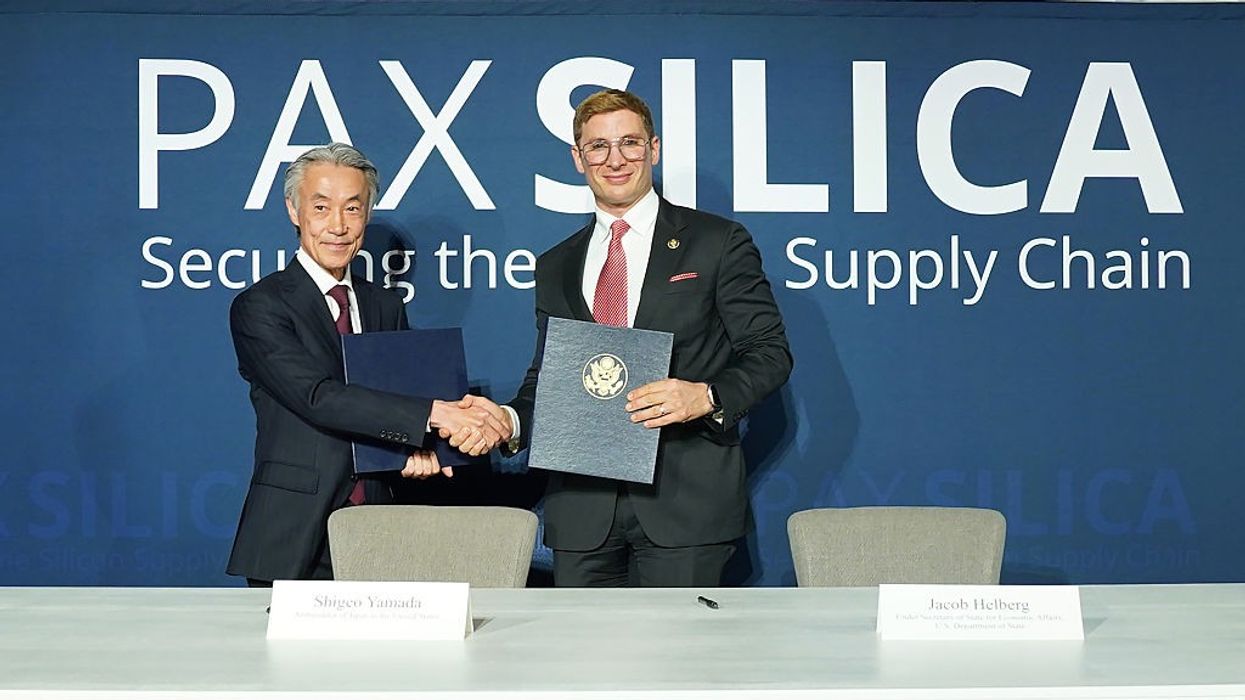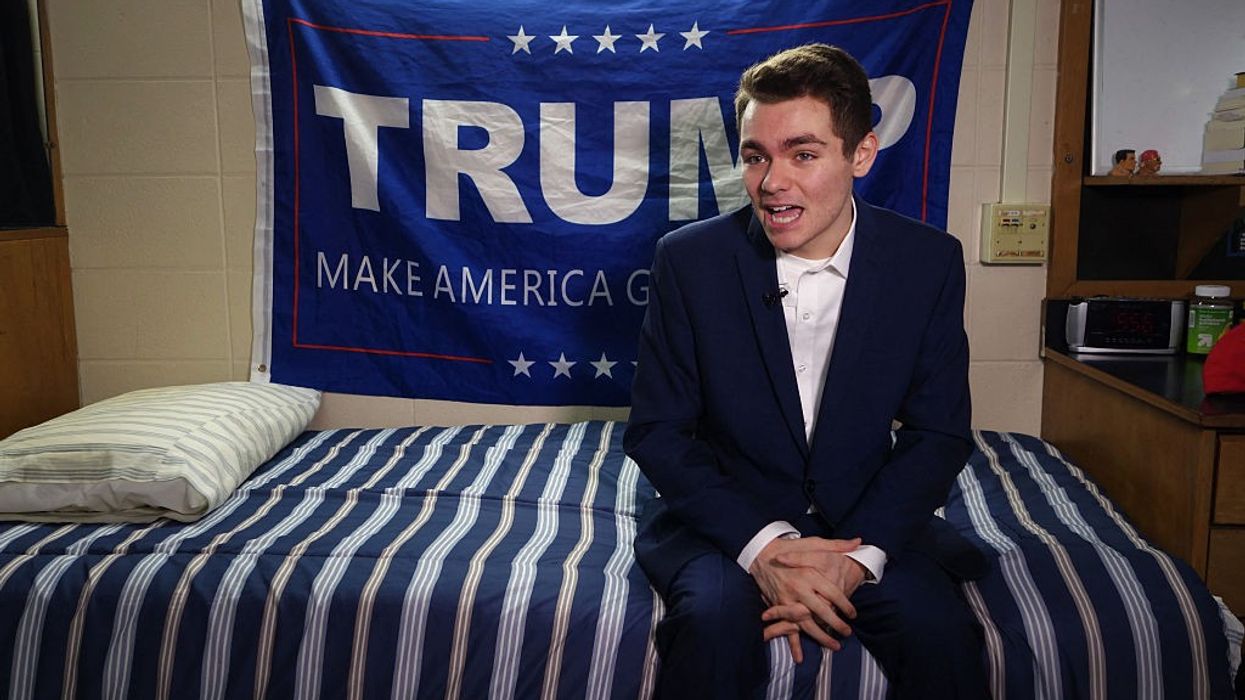As the Trump administration’s immigration crackdown intensifies, the United States’ vaunted higher education system is facing an unprecedented rupture. Despite being admitted to top universities, thousands of international students remain stranded abroad, unable to secure the required visas in time for the academic year.
Visa interviews, though officially resumed after a month-long suspension in June, are still plagued by limited appointment availability, extra scrutiny, and frequent denials. The ramifications go far beyond individual disappointment: university budgets, campus diversity, and America’s global academic standing are all at risk.
Financial and academic fallout for institutions
The scale of the crisis is staggering. At Arizona State University, President Michael Crow revealed that 1,000 incoming international students—many already committed and prepared to pay full tuition—still lack visas. The resulting financial shortfall is estimated in the “tens of millions of dollars,” representing not just lost income but also a loss of potential talent, global partnerships, and future alumni networks.
Smaller institutions aren’t immune. Furman University in South Carolina attributes a drop in its first-year student numbers—from 613 to 562 freshmen this fall—chiefly to persistent visa hurdles facing international admits. Even private colleges with just a handful of international students are seeing 5 to 10 students stuck abroad this year—enough to significantly affect classroom diversity and economic viability.
A messy and uneven recovery from bureaucratic freeze
Although the U.S. State Department lifted its pause on student visa interviews in mid-June, the resumption has been far from smooth. At one elite private university, officials reported a sevenfold difference in visa issuances between Chinese and Indian students in late June—a discrepancy threatening to reshape the demographic composition of incoming classes. Reports suggest that consulates in key countries like India and China are overwhelmed, with the resulting bottleneck fueling uncertainty for students and administrators alike.
The broader economic implications are alarming. NAFSA: Association of International Educators and JB International estimate that new international student enrollments are likely to drop by nearly 30% this fall. According to Shorelight, this decline could generate a massive $2.6 billion loss in tuition revenue nation-wide. Public flagships, private institutions, and community colleges alike face serious budget gaps that may force cuts in staffing, programming, and financial aid for domestic students.
Billions at stake
In response to the mounting crisis, some universities are pursuing creative workarounds. The University of Arizona has set up a campus site in London, allowing international students to begin their studies abroad while awaiting entry to the U.S. Harvard Kennedy School is temporarily relocating incoming students to the University of Toronto’s Munk School. These emergency solutions, while innovative, underline the extent of the chaos and the uncertainty facing students.
Congressional scrutiny but little immediate relief
Lawmakers in Congress have taken note, with several members pressing the State Department to fast-track solutions—particularly given the impact on Indian student enrollments. The department, however, has offered little tangible comfort, warning on June 30 that “additional or new appointments for student or exchange visitor visa applications will be extremely limited until further notice.” Expedited appointments are reviewed case by case, but thousands of students face fast-approaching deadlines and dwindling hope.
This unfolding crisis is about more than dollars or enrollment numbers. America’s status as the world’s premier higher education destination—long a cornerstone of its soft power, research leadership, and innovation ecosystem—is in peril. As U.S. obstacles grow, competitors in the UK, Canada, and Australia are actively wooing international students who once dreamed only of studying in America. For many, the U.S. is rapidly becoming a cautionary tale rather than an aspirational goal.
If the immigration squeeze persists, the damage could extend far beyond this admissions cycle—altering global academic rankings, weakening research collaborations, and diminishing the country's long-term capacity for innovation and influence.















